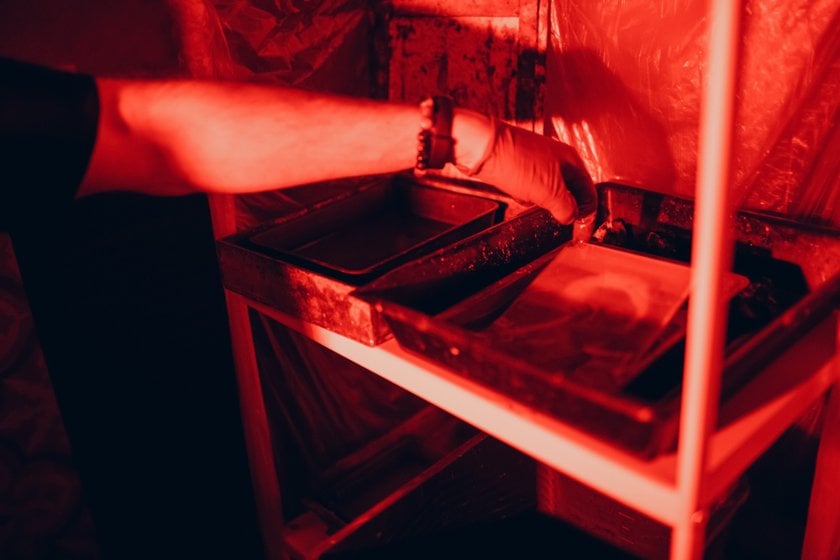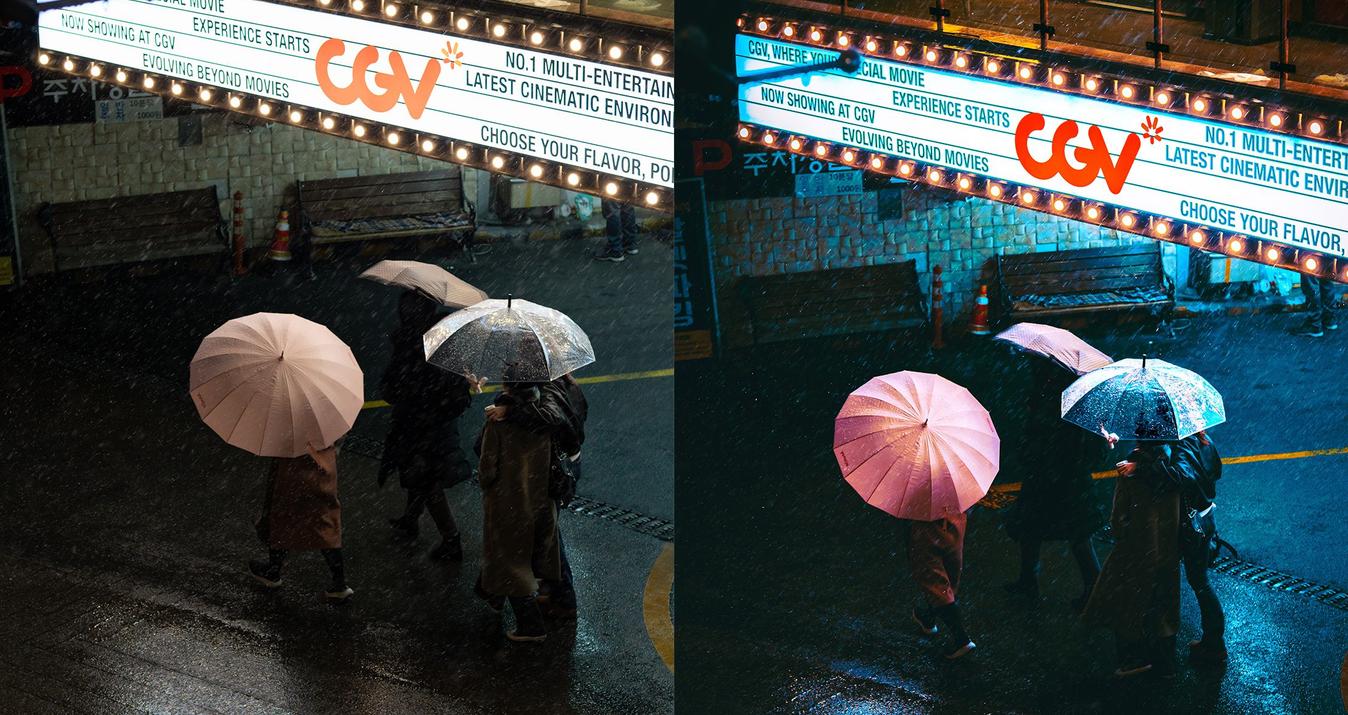Are you passionate about photography? Are you interested in the history of camera inventions and the first known photograph? Today, on our blog, we discuss the oldest picture ever and how it was created.
When we look at old photos, we see the stories behind them. Since the world's first photo was black and white, we can only imagine the participants' colors, smells, and moods during the process. The oldest surviving photograph began a revolution in the creation of real images. It forever changed our perception of the world.
A photo created at the start of the 19th century became a record of human ingenuity and curiosity. We can look into the past era of experiments and innovations with him and his successors. Join us on a journey through time to learn the story behind the first known photograph and how to reconstruct and digitize old photos or bring vintage charm to modern ones!
Early Experiments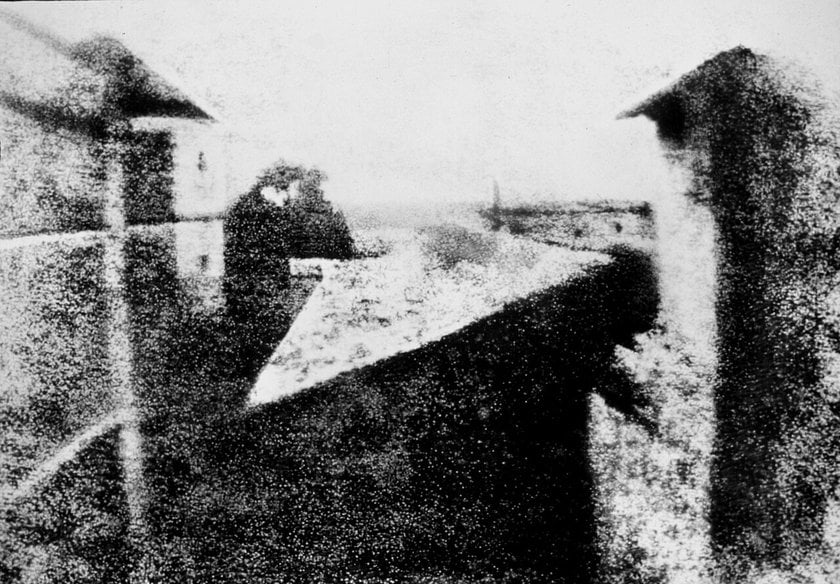
The first photograph could not exist without the first camera on which it was created. A logical question arises — when were cameras invented? If you look globally, it's not a while ago. . Among the first known was the camera obscura. This device was used to project images onto a surface through a small hole or lens. It was the first step to understanding optics and the principles of image projection.
Invention of Photography
In the 19th century, inventors Joseph Nicephore Niépce and Louis Daguerre achieved significant success in photographic processes. Niépce is credited with making the oldest surviving photograph — "View from a window at Le Gras" in 1826. He used the same camera obscura and bitumen-coated plate. Niépce captured the view from the window at his estate in Le Gras, France.
A complex, many-hour process required prolonged exposure to sunlight so that the image was chemically fixed on the plate. The result was revolutionary, The result was revolutionary, even though the photo was not sharp. This image marked the dawn of photography as a medium of artistic expression and historical documentation. With his discovery, Niépce laid the foundation for further achievements in photography. Visual culture was built on this for centuries to come.
Daguerreotype Process
In 1839, Daguerre improved his predecessor's process. With the help of a daguerreotype, he made images on silver-plated copper plates with light-sensitive chemicals. The effect of iodine vapor on silver-coated copper plates formed a light-sensitive surface. After being exposed to the camera, these plates were developed using mercury vapor. The image was clearer and more detailed.
With shorter exposure times and sharper images, this process quickly gained popularity with the public. It is how a new passion for photography as an art form and a means of documentation was born. The widespread adoption of the daguerreotype process marked the dawn of the golden age of photography, paving the way for its rapid development and lasting legacy in visual culture. Louis Daguerre's contribution remains indelible, forever shaping the evolution of photography.
Advanced yet easy-to-use photo editor
Get Luminar Neo NowEvolution of Photography
After Louis Daguerre's revolutionary invention, photographers and inventors sought to improve existing methods, developing several new photographic processes.
Calotype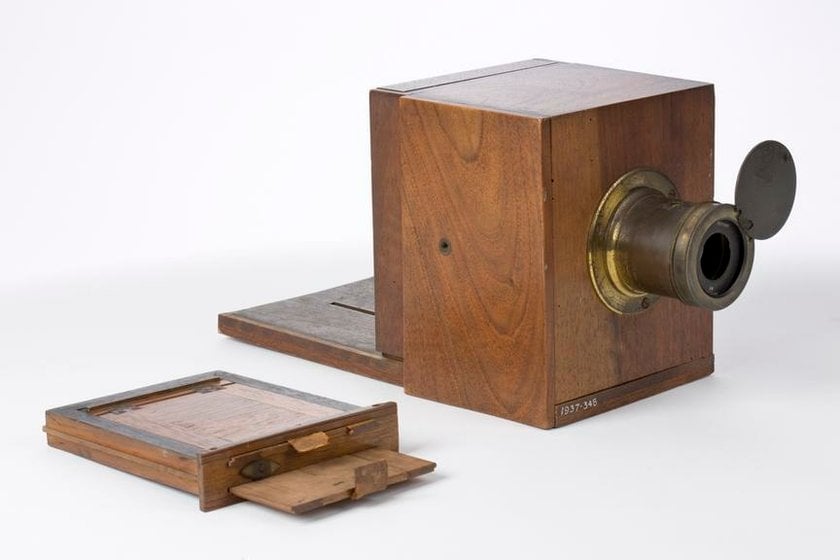
One such advance was the calotype William Henry Fox Talbot introduced in the 1840s. Unlike the daguerreotype, which produced a single positive image on a metal plate, the calotype created multiple paper negatives from which multiple positive prints could be made. This innovation greatly expanded the accessibility and versatility of photography.
Ambrotype
Another notable development, introduced in the 1850s. This process involved creating a positive image on a glass plate coated with a light-sensitive emulsion. Ambrotypes provided greater clarity and detail than earlier processes and became popular for portrait photography.
Tintypes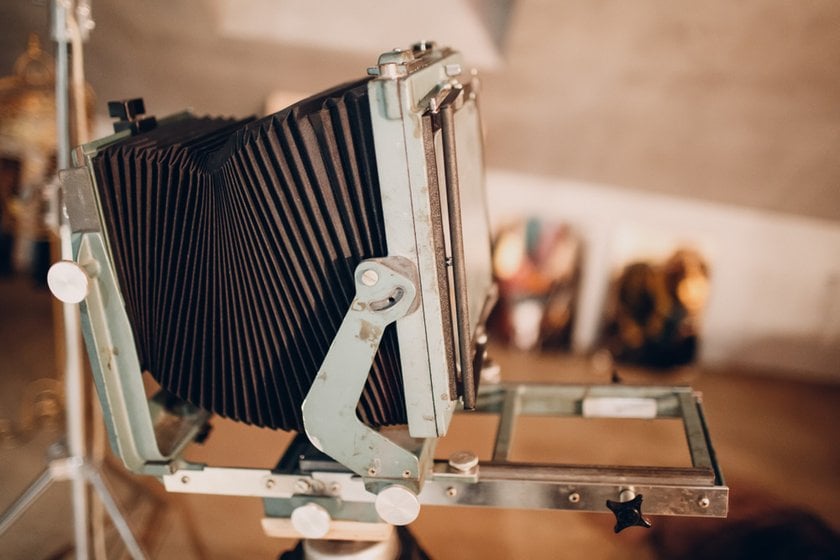
Introduced in the mid-19th century, these images were created by exposing a thin sheet of iron coated with a light-sensitive emulsion. Pewter fonts were durable, affordable, and quickly produced, making them popular for portraits and documentation.
Legacy and Impact
The first known photograph, "View from the Window in Le Gras," marked the beginning of the development of photography as a separate art form. How we perceive the world around us is largely shaped by the evolution of photography and its constant influence on our lives. Now, it is not only art but also the main form of conveying the reality of our world. Famous photos in history have been created using different types of cameras, showing this subtle evolution from blurry gray to sharp color images. The legacy of the world's first photo continues to pulsate in contemporary photographic practice.
Ways of Working with Old Pictures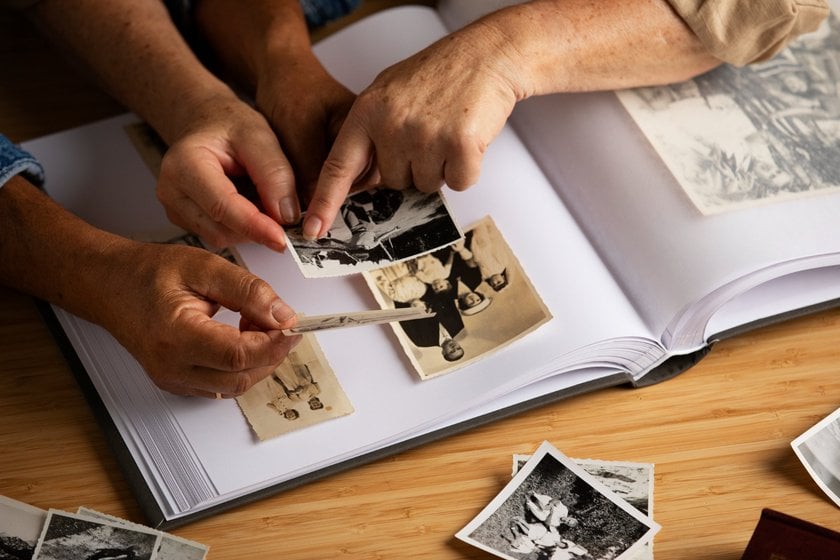
Photos used to be unique because of the difficulty of creating and copying them. Many negatives are lost, and paper photos are the only remaining forms. Today, for old photo restoration, we have technologies that allow us to digitize pictures and further work with them using photo editors, such as Luminar Neo. Usually, you should remove haze from a photo to make it look clearer and more modern.
If this topic interests you, explore the article How to Bring Old Photos Back to Life and learn how to give new life to vintage photos. If, on the contrary, you want to create atmospheric old photos from your digital photos in the style of previous eras, then explore How to Make a Photo Look Old with the help of modern photo editors.
Exclusive Tools of Endless Possibilities in One AI Editor
EXPLORE NOW!6 Famous First Photographs
We are witnessing an extraordinary evolution from the oldest photograph to modern pictures. From the cumbersome and time-consuming process of black-and-white, then color photography, to high-resolution images that even a child can take on a mobile phone, cameras have become more technological and smaller, and vision is clearer and has moved from physical to digital. However, the history of the first known pictures, which became an incredible contribution to the history of humanity, remains important.
Daguerre's Temple Boulevard (1838) by Louis Daguerre
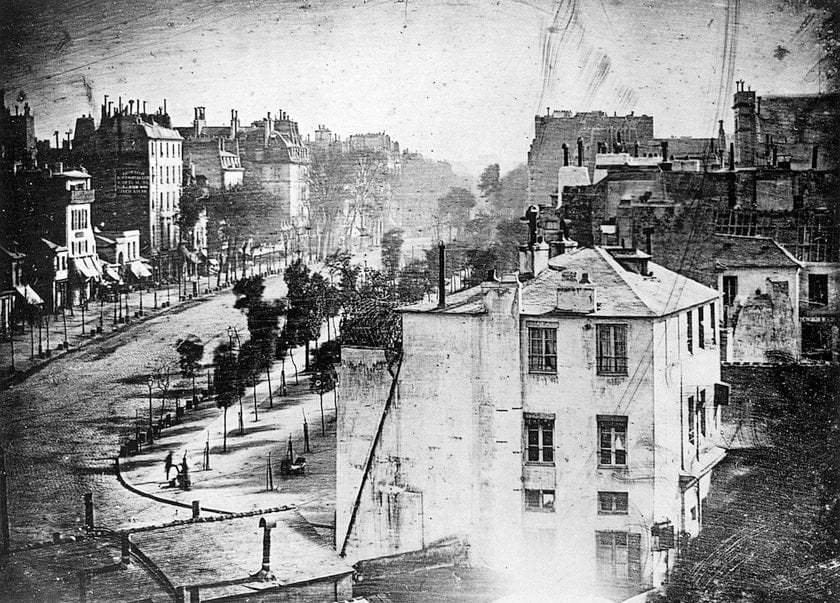
This daguerreotype depicts a street scene in Paris and is one of the earliest surviving photographs of a person. The shoeshine boy and his customer were the only figures in the long-exposure image.
The First Photographic Portrait Image (1839) by Robert Cornelius

It is the first selfie ever. Robert Cornelius took a self-portrait outside his family's gas lighting business in Philadelphia.
The First Photograph of the Moon (1840) by John William Draper
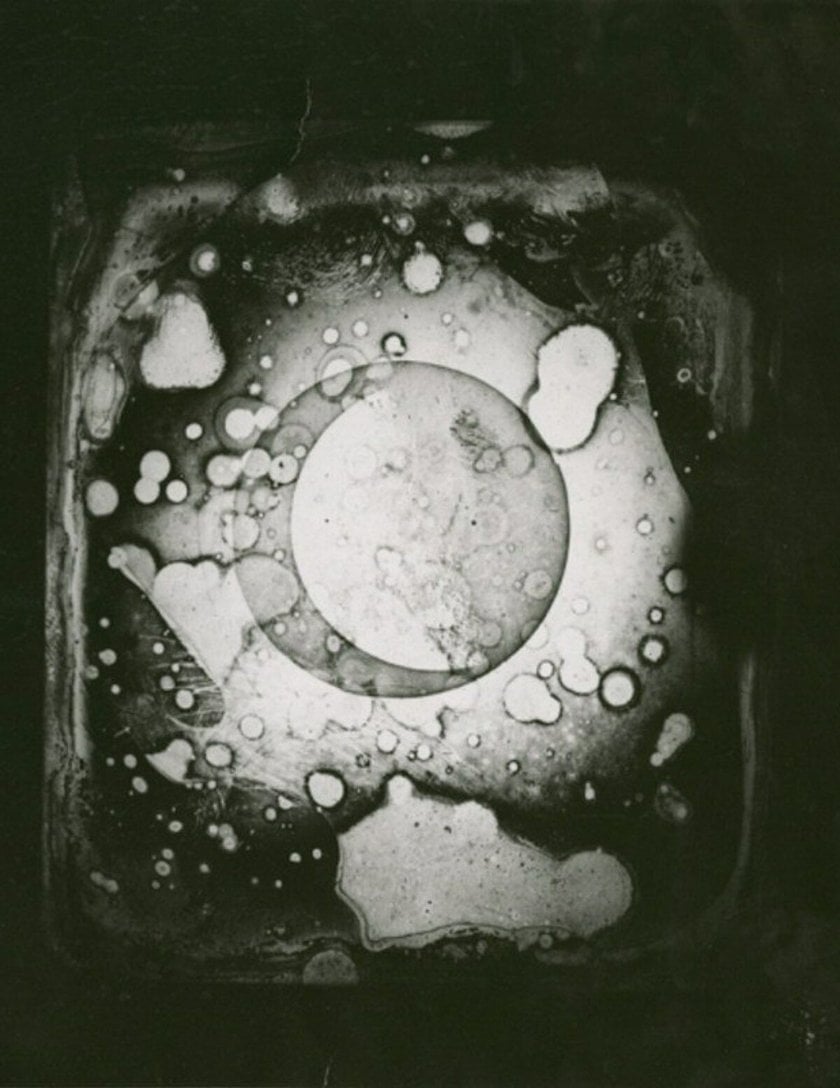
This historic image of the Moon, taken with a daguerreotype camera, is one of the earliest attempts to photograph celestial bodies.
The First Aerial Photograph (1858) by Gaspar-Felix Tournachon
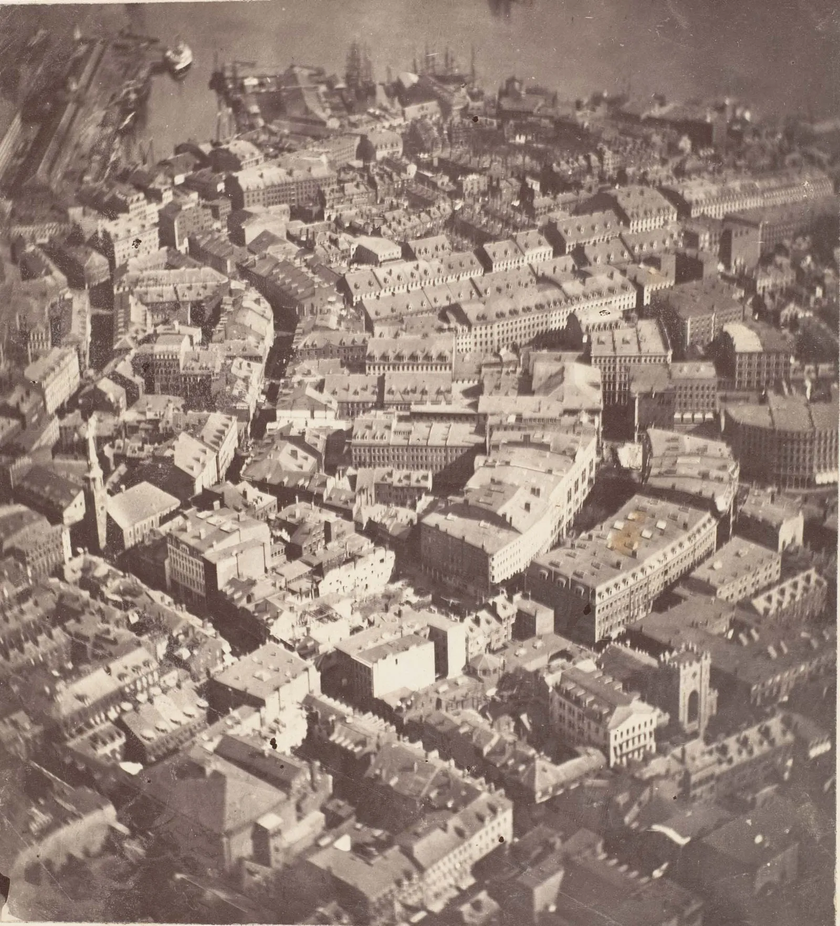
Known as Nadar, this man documented Petit-Bicetre in France. Two years after Nadar, James Wallace Black took the first aerial photograph in the United States from a hot air balloon. The photographer shot an overhead view of Boston Common.
The First News Photograph (1880)

The Daily Graphic became the first newspaper in the United States to publish a photomechanical reproduction of a photograph. Before newspaper photography became standard, publications hired artists to create sketch illustrations.
The First Digital Photograph (1957) by Russell A. Kirsch
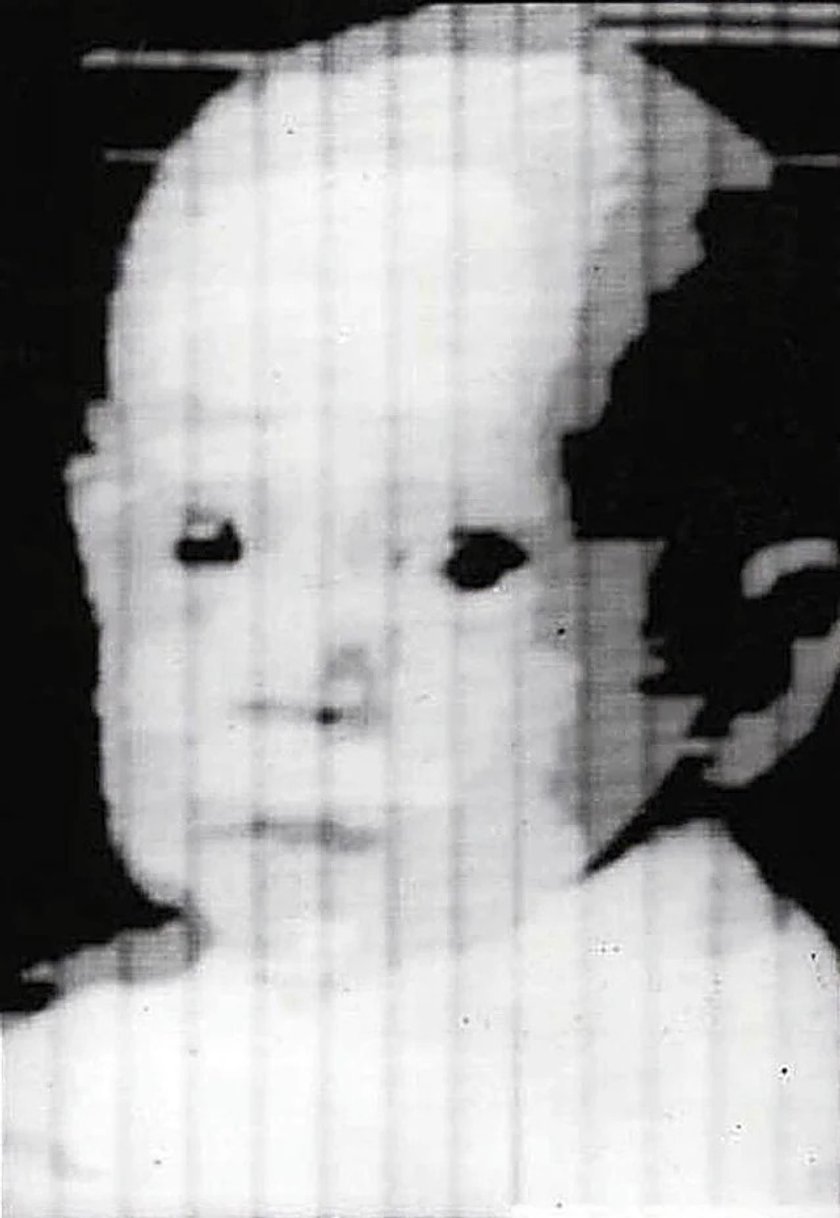
This computer scientist at the National Bureau of Standards created the first digital photograph using a rotating drum scanner to capture an image of his 3-month-old son.
Bottom Line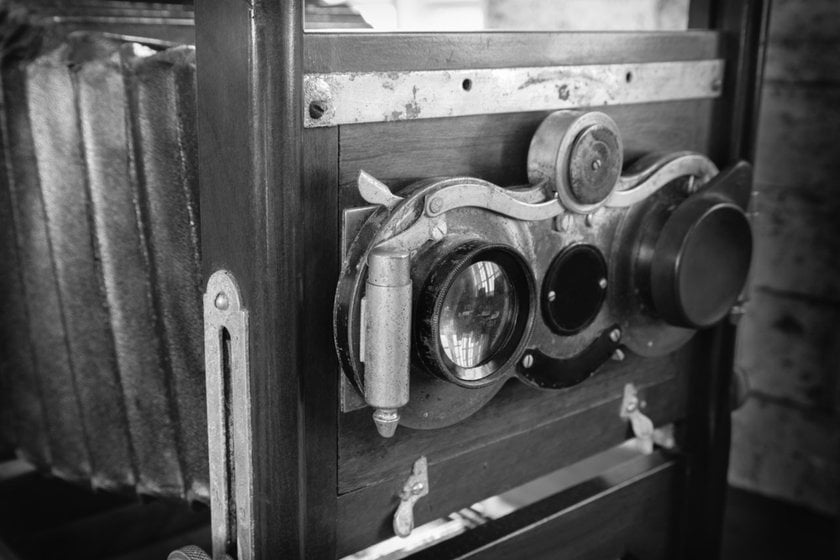
The path from the first picture ever taken to modern photography has innovations and creative solutions. Thanks to the pioneering work of Niépce and his "View from the Window at Le Gras," humanity received an impetus for developing this field.
Thanks to the achievements of subsequent scientists and inventors, photography turned from a new experiment into a powerful artistic phenomenon and became the way we know it today. Is it possible to imagine our life without it? The legacy of the first known photograph became the foundation of our perception and interpretation of the world around us.
We live in an amazing age where photography is moving faster than ever. We must remember the heroes who blazed this path and honor the first pictures taken.







